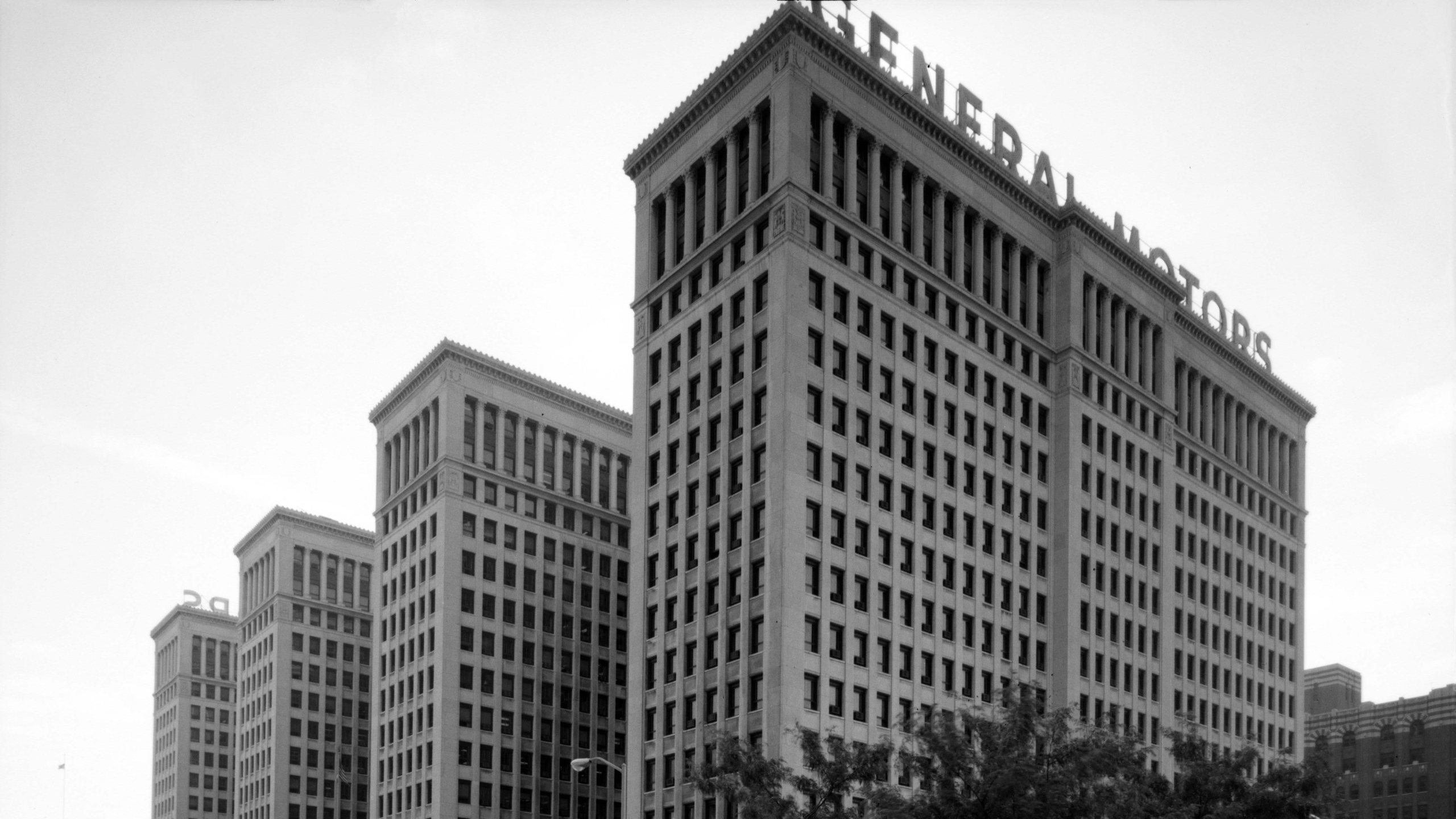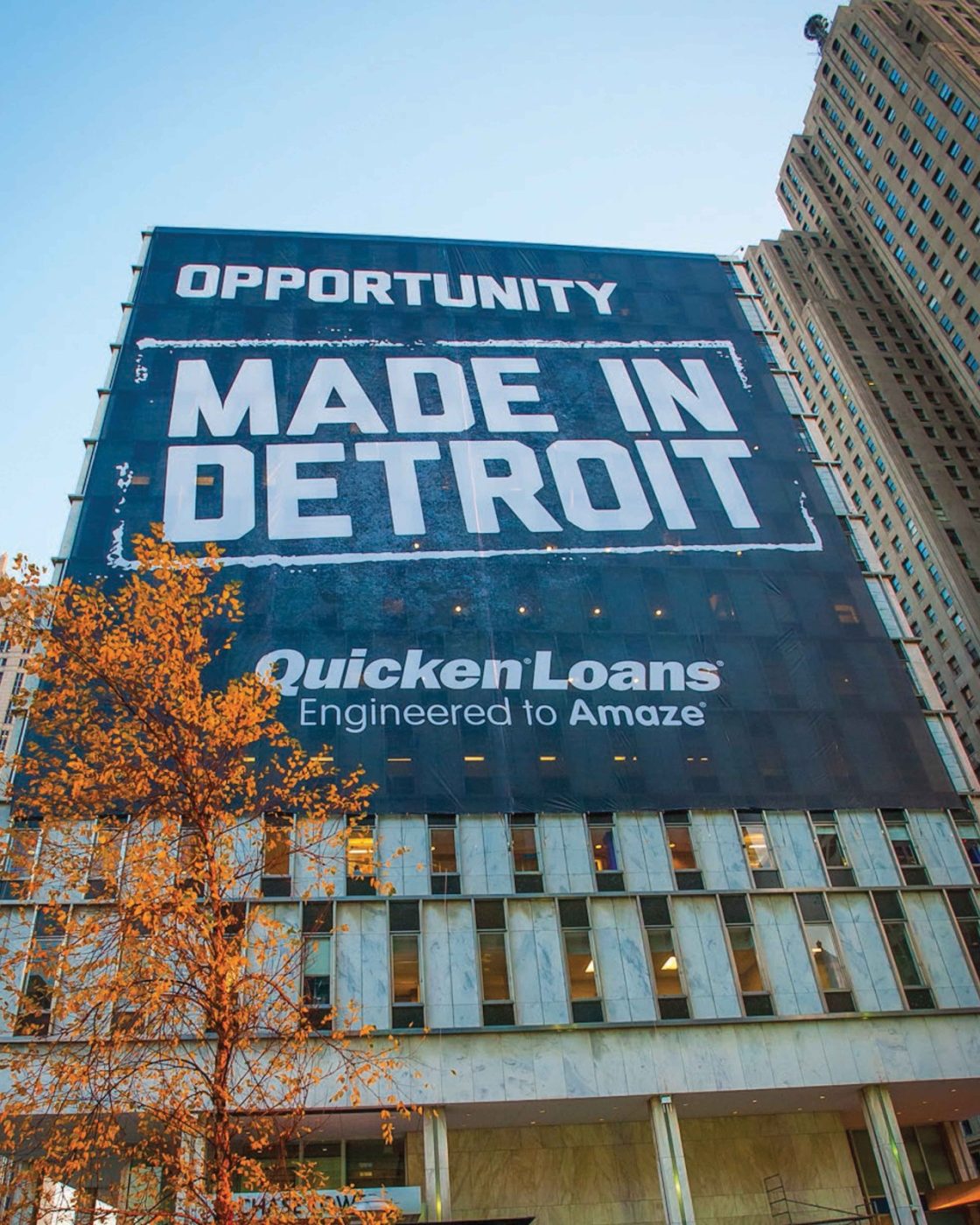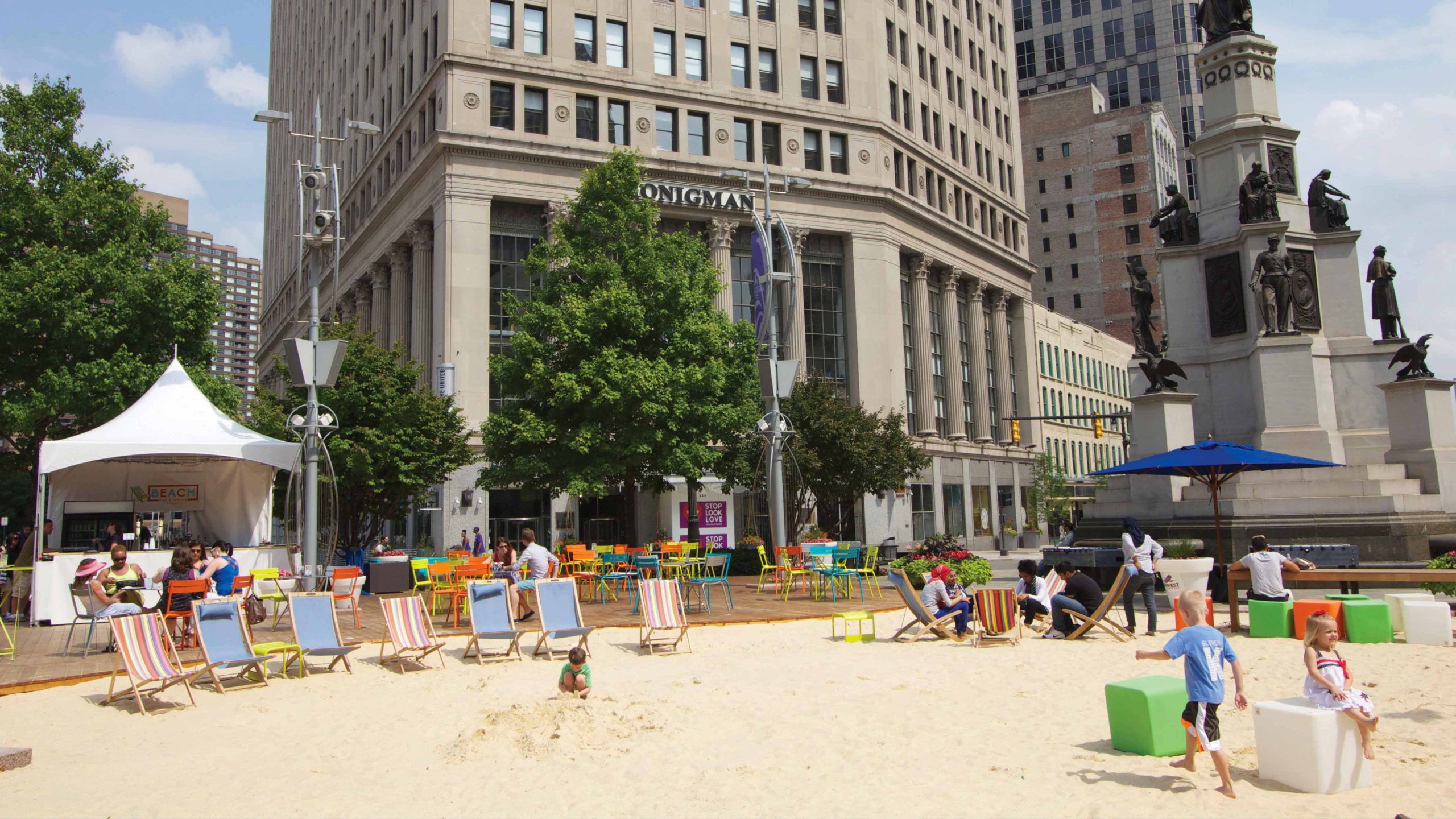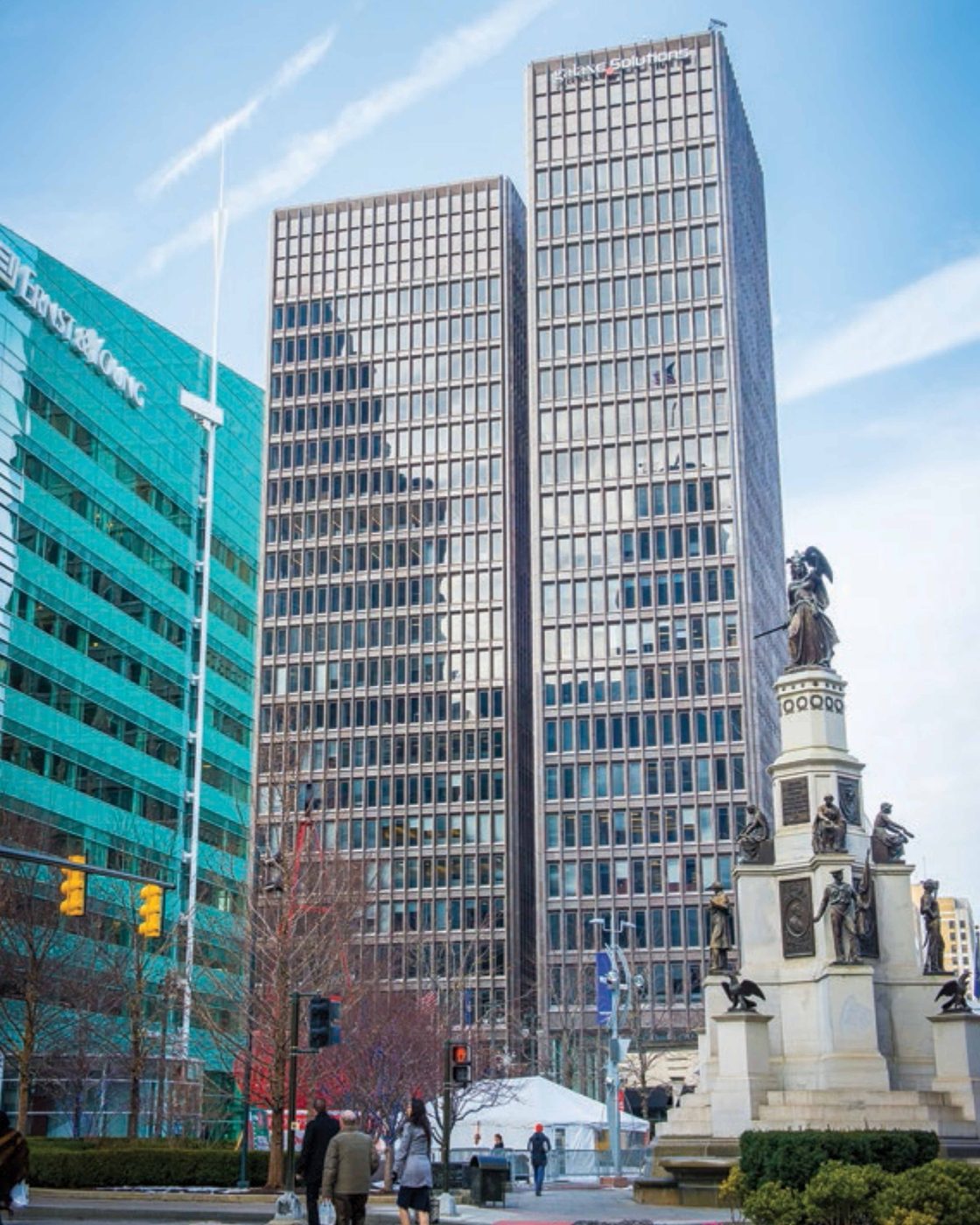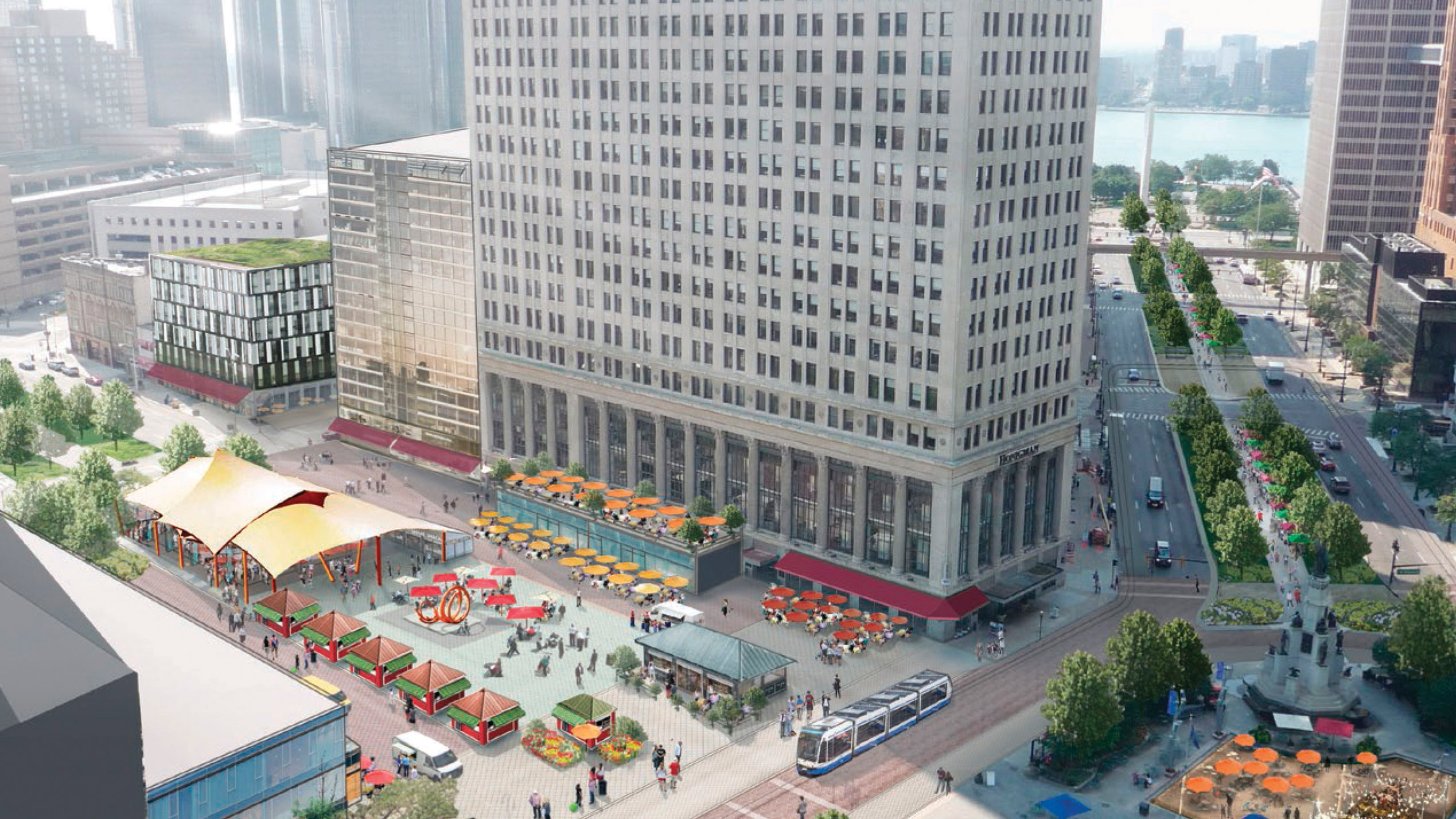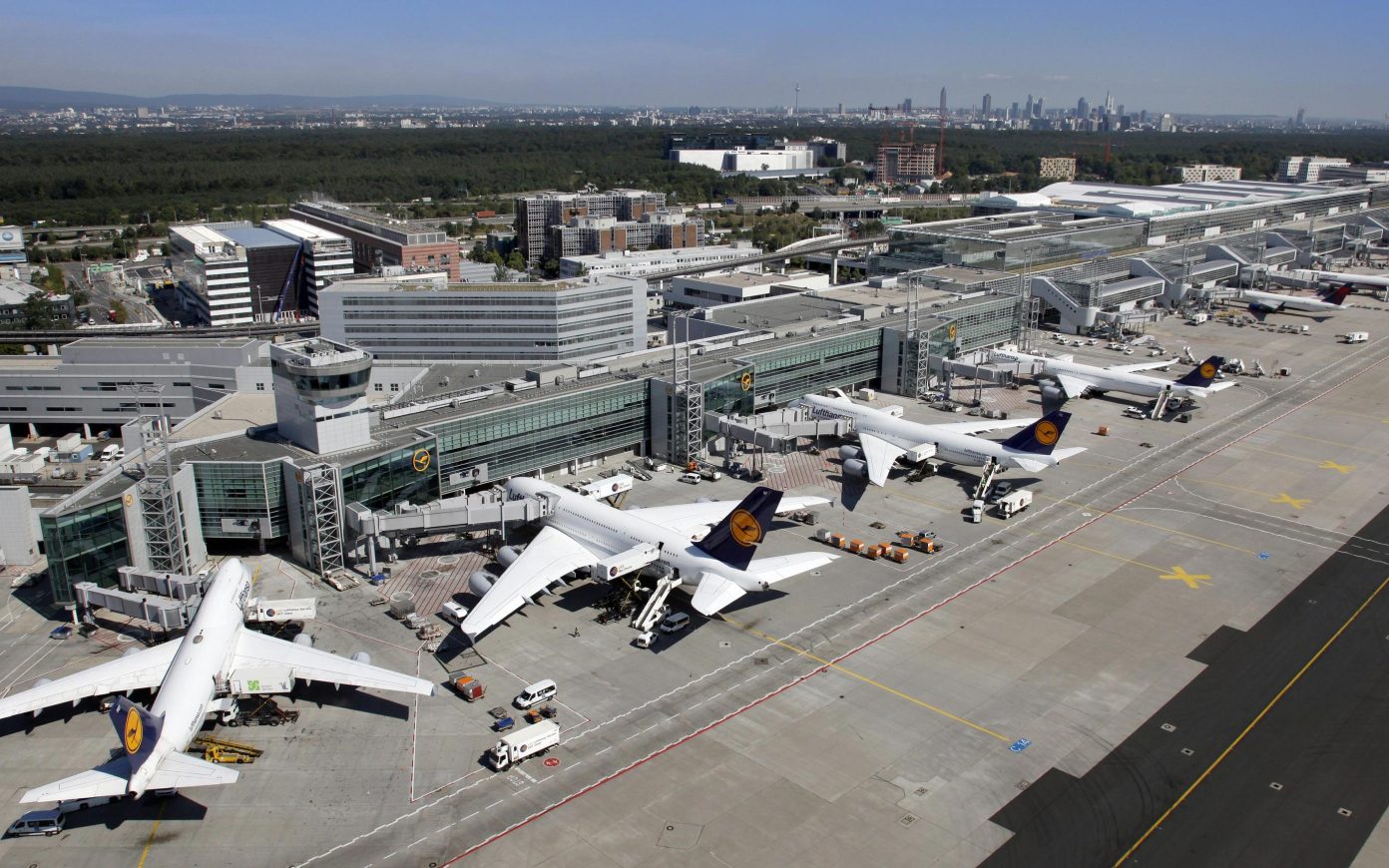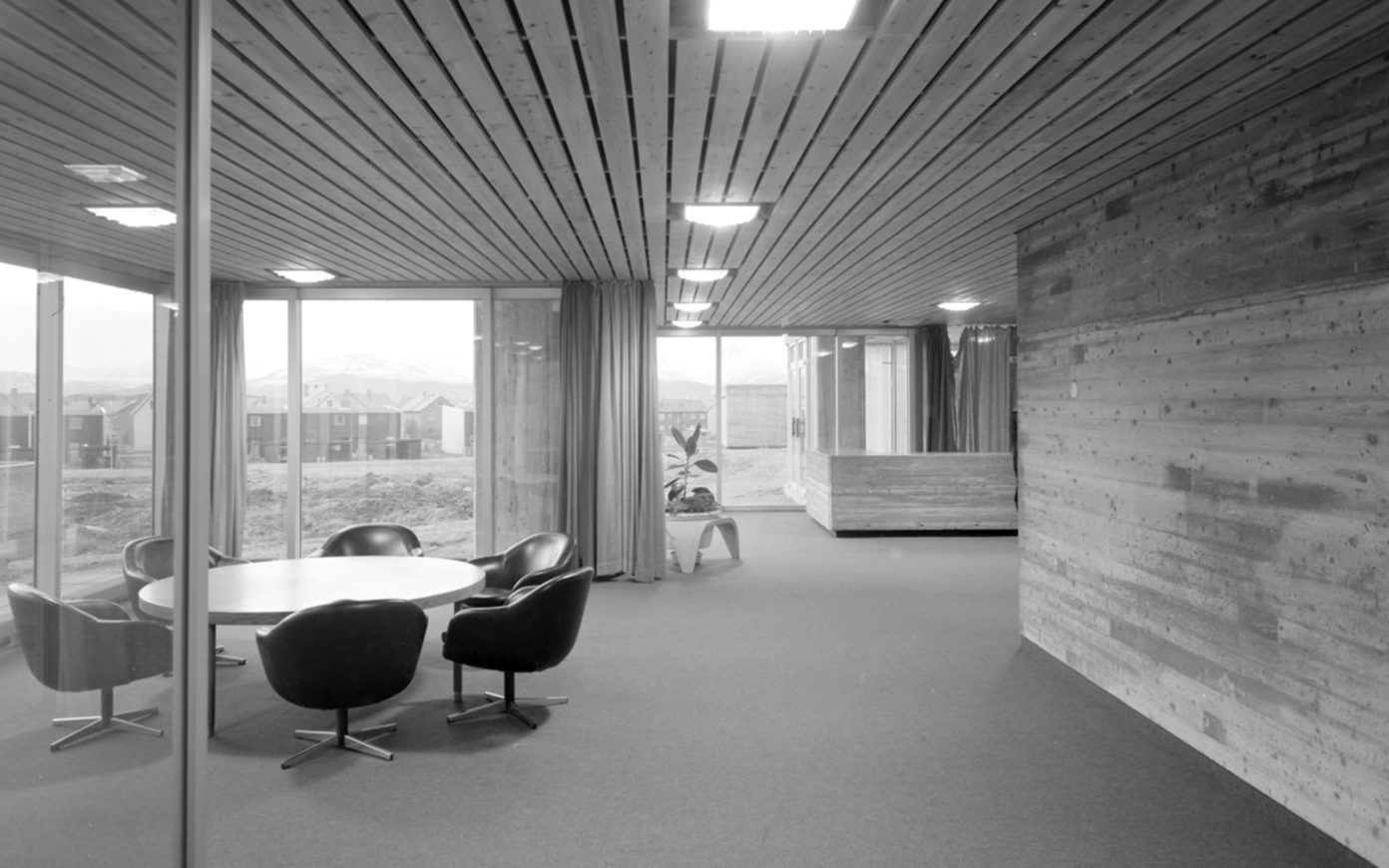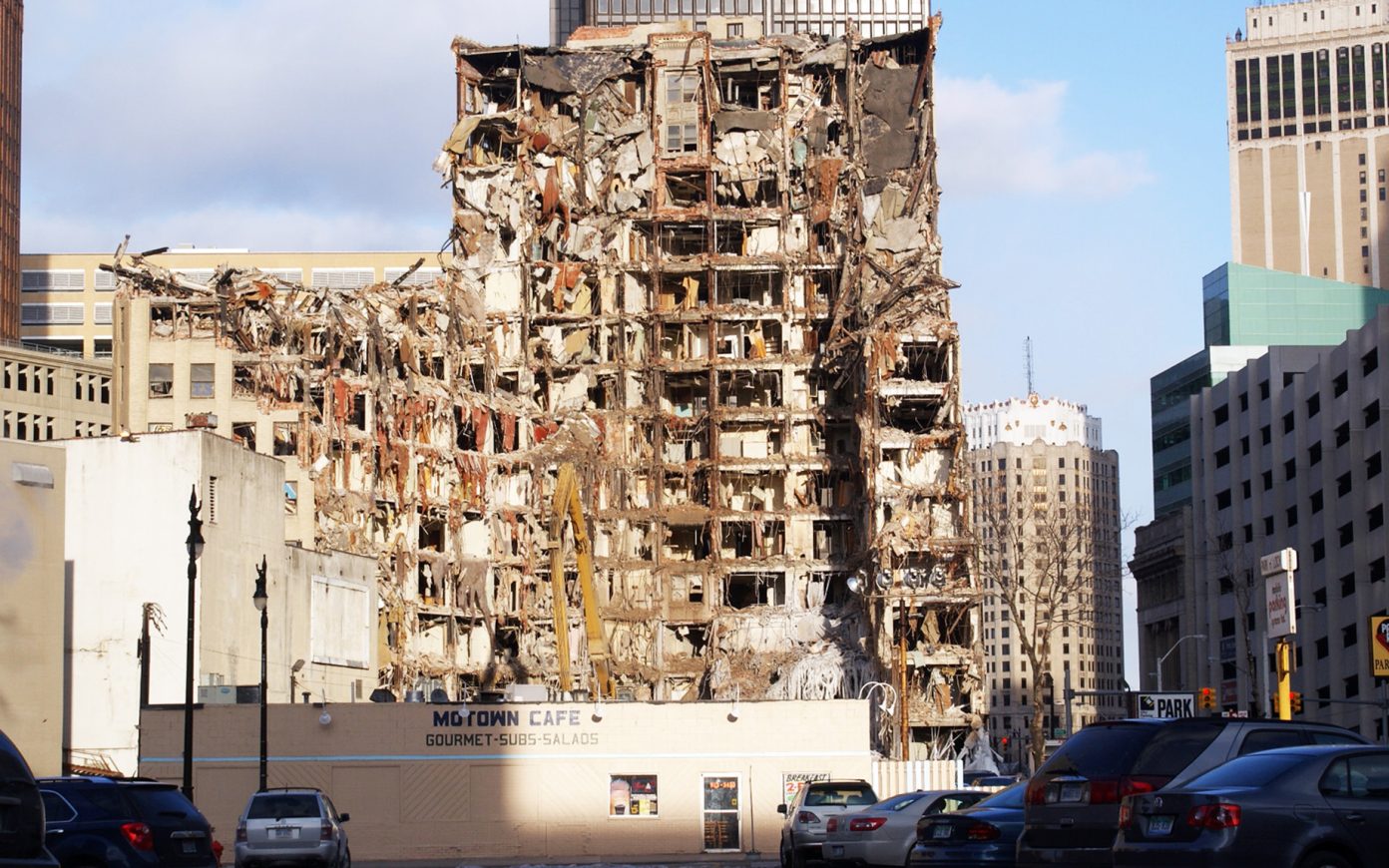An organic urban identity
Philippe Chiambaretta: From sprawl to density: intensification, that’s certainly the key for many cities around the world. In Detroit one interesting consequence of this low density was urban farming, which is now authorized and legal. Do you think that can be compatible with what you are doing here? Can these things coexist?
Dan Mullen: Absolutely. The city of Detroit is massive. Three or four major cities—San Francisco, Philadelphia, and Boston—could all fit within Detroit’s city limits, so there’s a lot of land you can take advantage of. I think there could be an interesting contrast between urban farming and urban density, if these things are treated as complementary. Look at Eastern Market, it’s the oldest farmers market in the country, and every Saturday morning throughout the summer it’s packed with vendors. That is where most of the grocery stores come to buy their produce for the week and where the farmers come in to sell their goods. Urban farming has been growing organically for several years.
Philippe Chiambaretta: We have the feeling that these difficult years for Detroit—the automotive industry falling, etc.—have forced you to find different ways to innovate and that the city has become a laboratory for city planning. It could be an interesting new type of city, with agriculture inside high-rise buildings. Do many people come to Detroit to see this?
Dan Mullen: There’s a huge amount of interest in what’s going on here: from the technology boom that’s happening, from agriculture to real estate development to restaurants and retail, reporters from all over the world are coming in to study what’s happening here.
Philippe Chiambaretta: What would you say is the most unique thing? Do you have a vision or an intuition of what could become Detroit’s specificity?
Dan Mullen: Over the next five to ten years, many people see Detroit booming with continued development and activation. There’s going to be streetcars with the M-1 Rail project which is a curbside light-rail program that has just been approved. So we have public transportation coming in. Thousands of lofts are being developed, there is retail that’s filled. The city of Detroit is going to have unique destinations that you can’t get anywhere else in the world. Every one of our retail buildings and outlets and all of our real estate holdings are going to be experiences, but we look at downtown Detroit as one overall experience. People will be blown away from the second they park in garages filled with the most beautiful graffiti, street art, and murals, to the second they hit the streets and experience the different colors, music, smells and the interaction and collaboration between people. We see an amazing opportunity, for real estate developers, for entrepreneurs, for farmers, for those who have lived in the city for fifty years. There is no single city we are going to replicate, because Detroit has its own identity. And this is going to happen organically.
